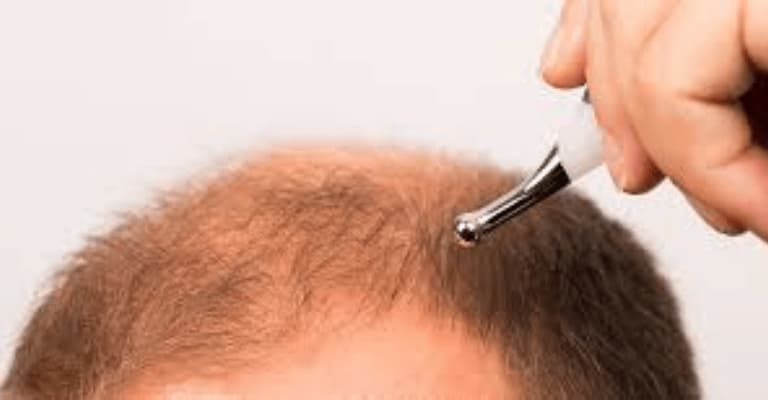Surgical Hair Replacement. It is the process of transferring healthy hair follicles taken from the nape area or donor area to the area that has suffered hair loss due to factors that negatively affect hair cells throughout the life of individuals.
Surgical hair replacement is a surgical application and must be performed by an expert and authorized team in a hospital or operating room environment.
Individuals who want surgical hair replacement should first examine a specialist doctor and determine the causes associated with hair loss. If the cause of hair loss is a metabolic disorder, a person should first receive medical treatment for this disorder. If the hair loss experienced by a person is caused by cell loss, not by a disease, surgical hair replacement is decided.
After a decision is made in this application, a new hairline is determined in the area where the patient experiences hair loss, and it is evaluated how much hair root (graft) the patient needs in the area without hair. If the donor area is suitable for removing a specified number of hair follicles, surgery is planned.
When planning for areas with hair loss, planning is done in such a way that the expected naturalness can be created and maximum efficiency can be obtained. In the planning, a consensus is determined by taking the patient’s ideas and directing them by the specialist doctor.
Surgical Hair Replacement Procedure
Surgical hair replacement is a four stage procedure as anesthesia application, root intake stage, canal opening, and root transplantation stage:
- The first procedure applied to the patient is anesthesia. The preferred method of anesthesia is the commonly used method of local anesthesia. Local anesthesia is a painful process that is initially mild for the patient, but after the application of anesthesia is completed, the patient does not feel any pain or pain. It is applied twice: the donor area and the area where hair transplantation will be performed.
- At this stage, hair follicles are removed from the area called the donor area in the nape area with the help of special devices. At this stage, the important thing is the patient’s experience with the quality of the hair follicles, the suitability of the tissues, and the dexterity of the doctor who performs the intake process. Because hair roots should be taken without damage and deterioration during intake. This is extremely important for the successful termination of the transaction. Healthy hair roots taken are counted at this stage and are protected to be kept at temperature until the hair transplant stage, together with appropriate sterile conditions.
- This stage is the stage of opening small holes in the areas where hair loss is experienced by the patient’s facial lines, at the appropriate angle and frequency, to place healthy hair follicles taken from the donor area. Opening the grooving process at a frequent and appropriate angle also determines the success of the whole process. It is not possible to form the expected naturalness when a frequent hairline does not form on the front line.
- The final stage is the placement of healthy hair follicles taken from the donor area using surgical methods in small holes that open in areas that have suffered hair loss. Again, the doctor’s dexterity and experience are extremely important in this procedure. Hair follicles planted should not be damaged, during the hair transplant stage and should be placed in the channels without disturbing the texture.


